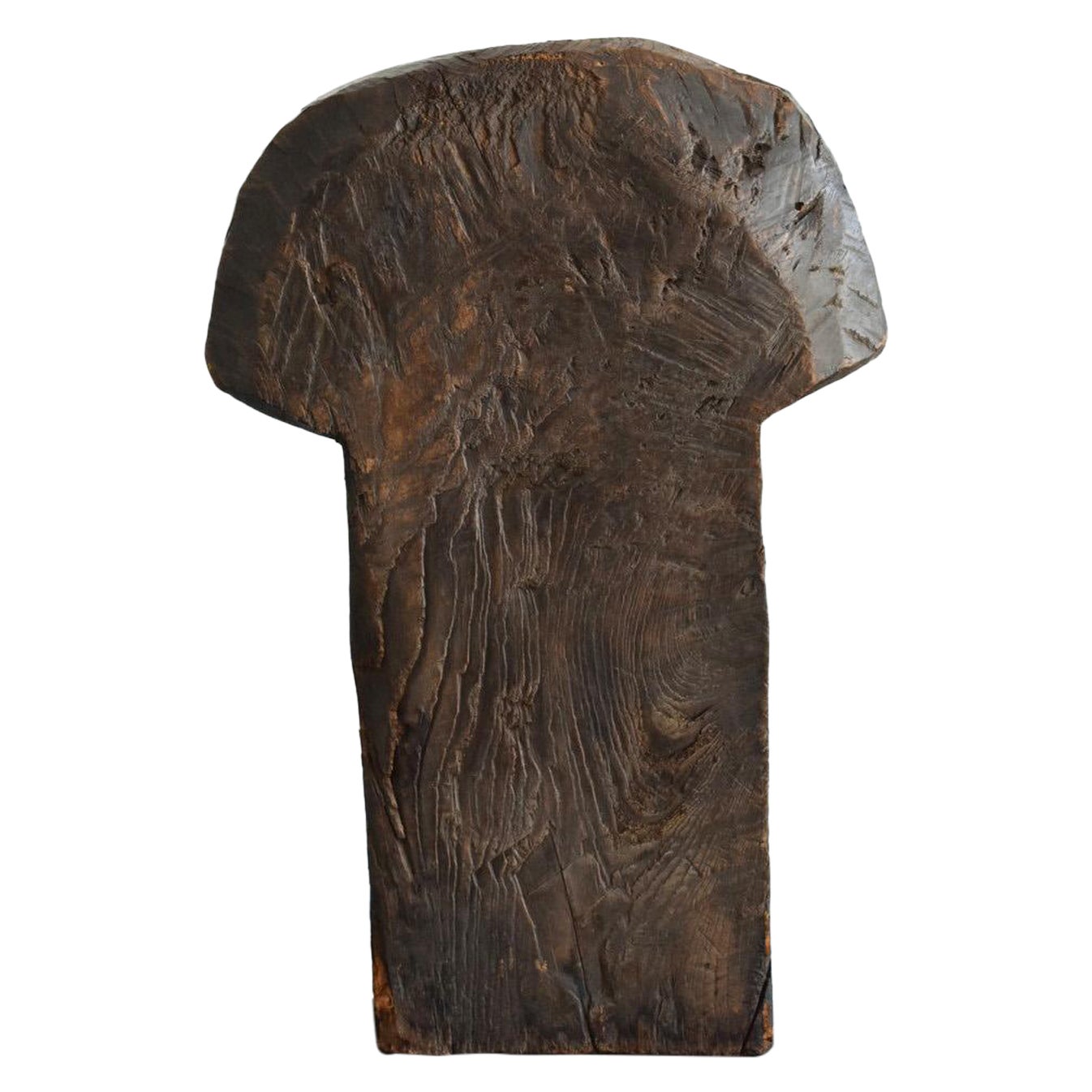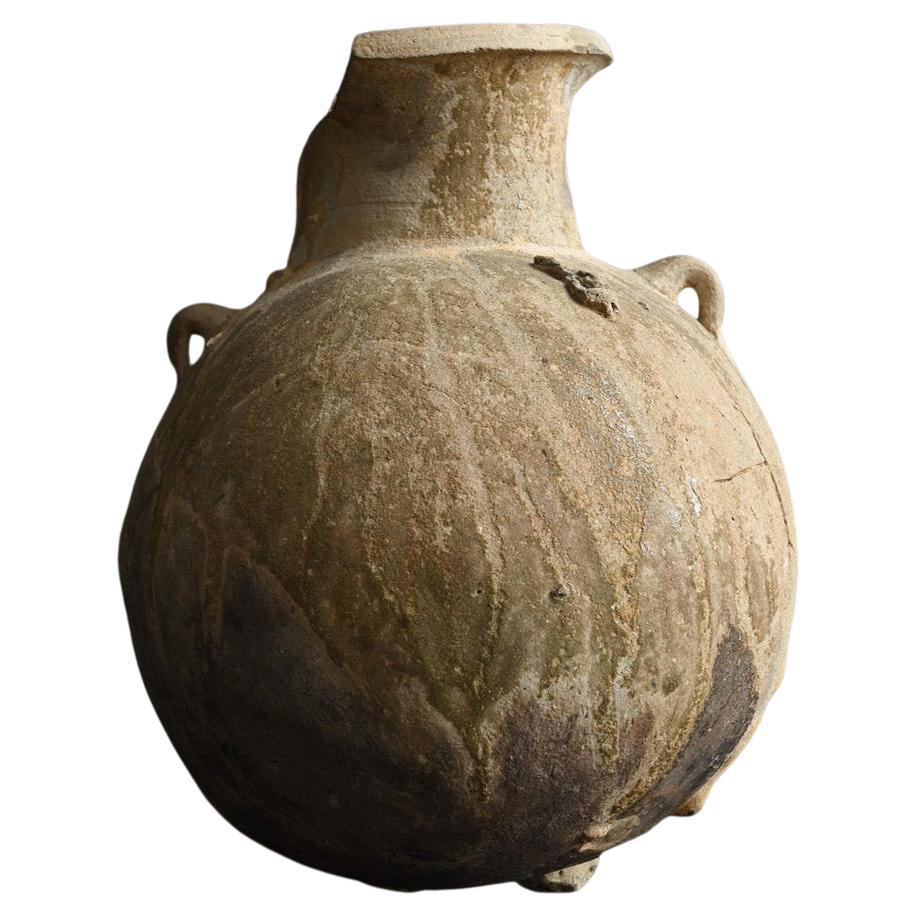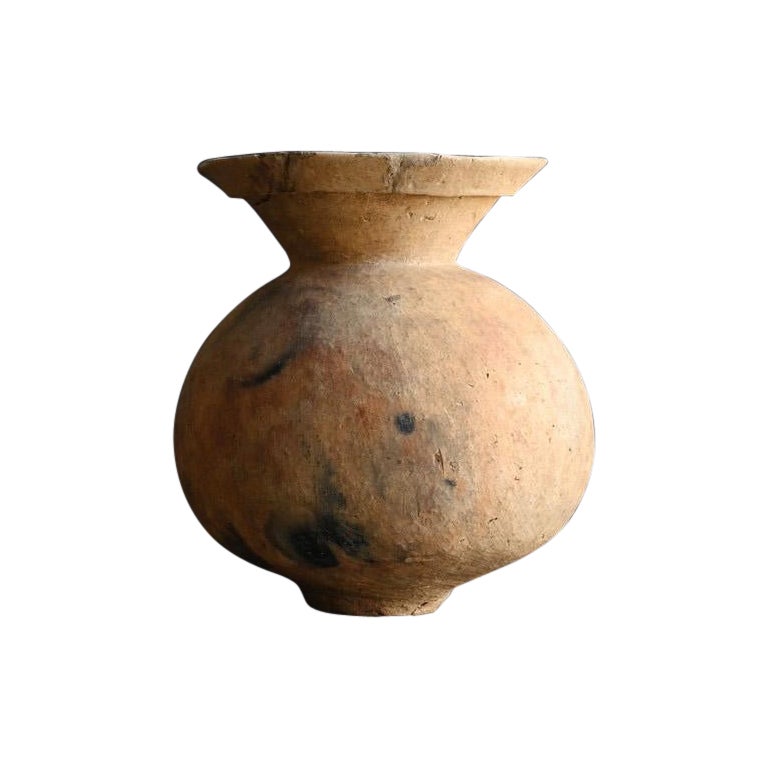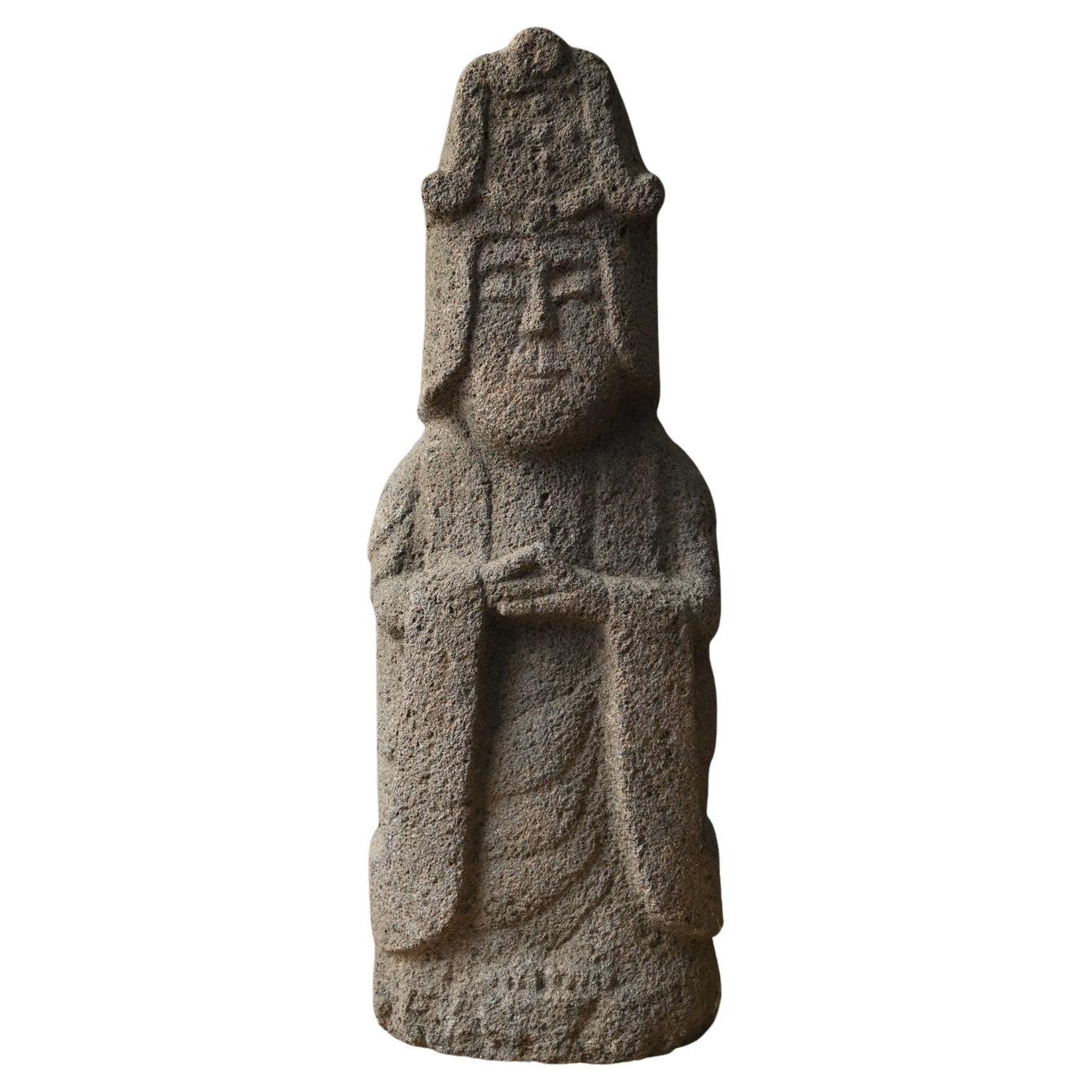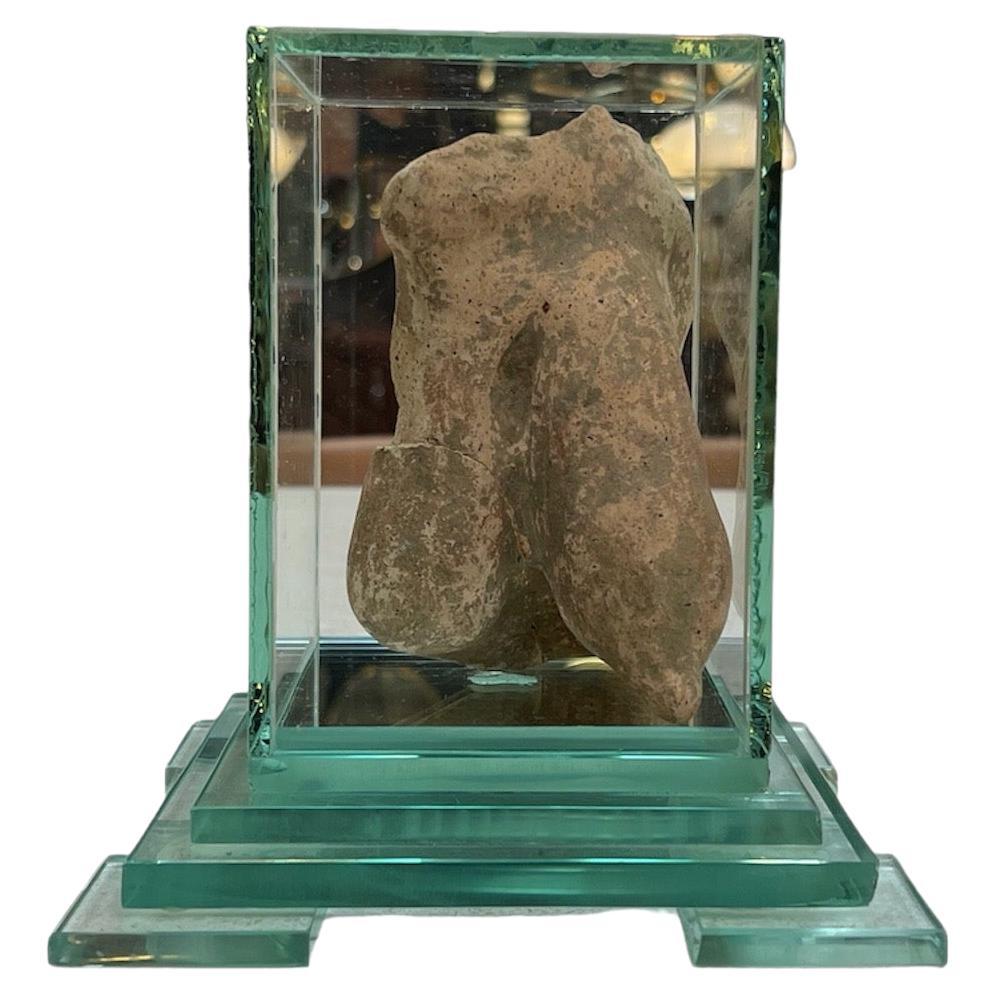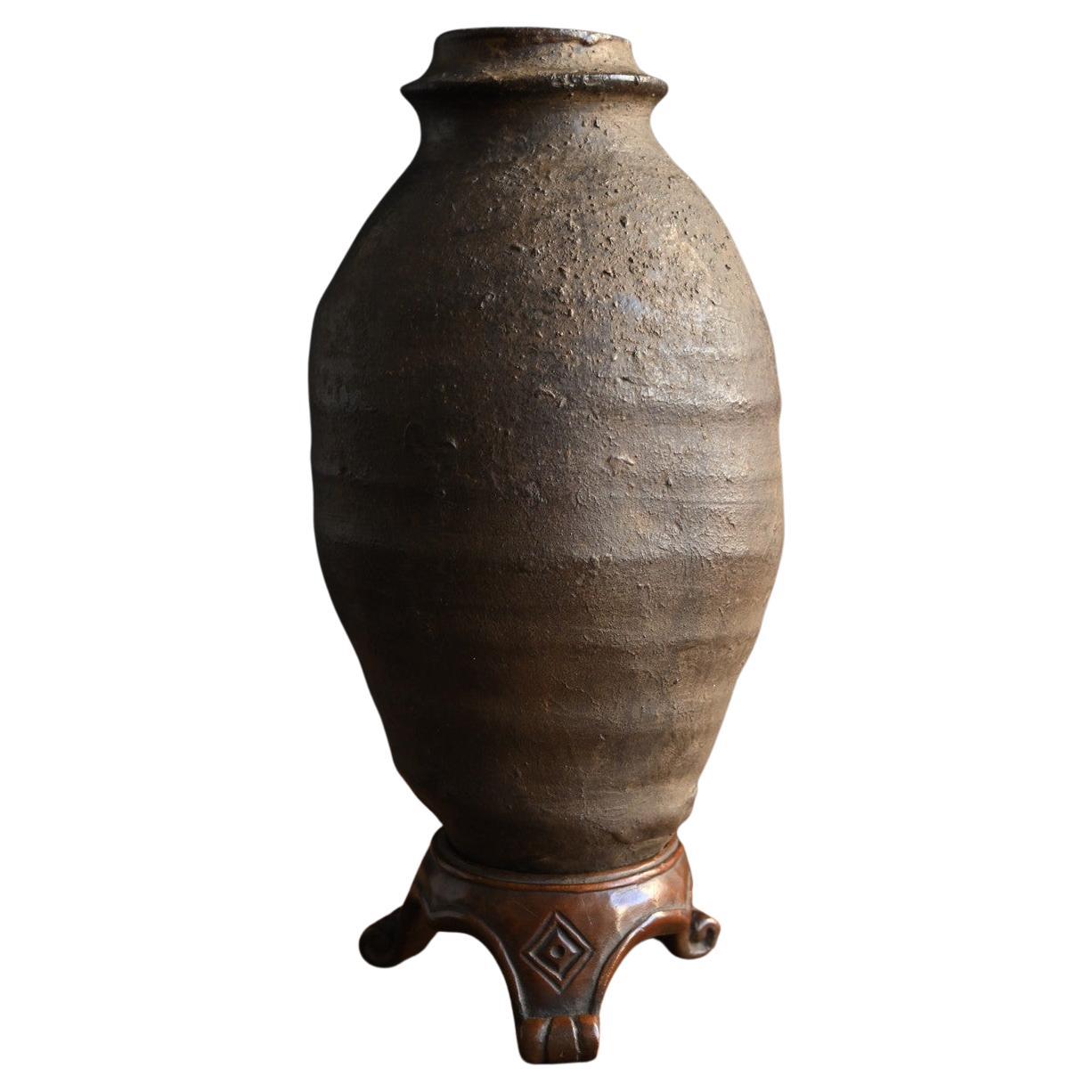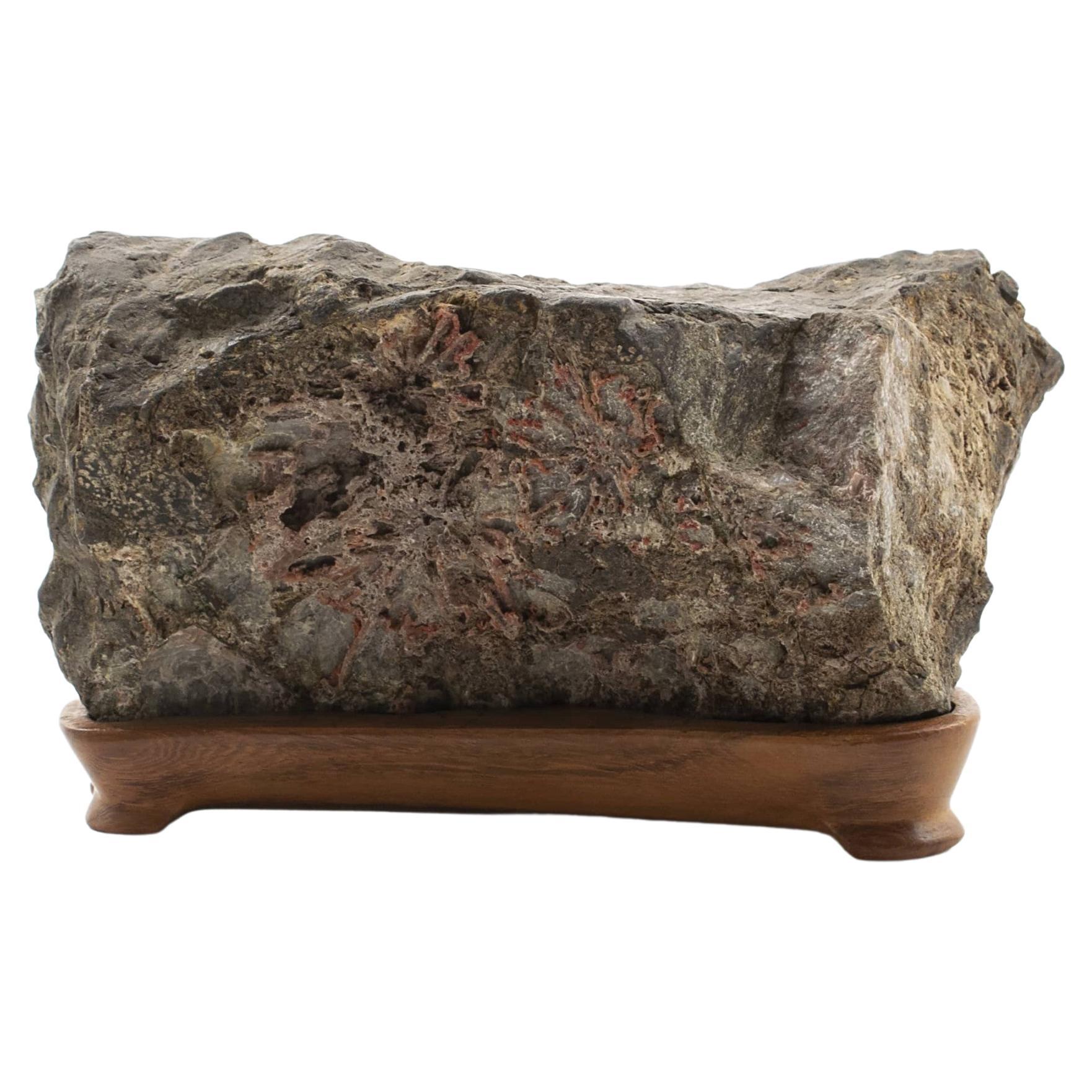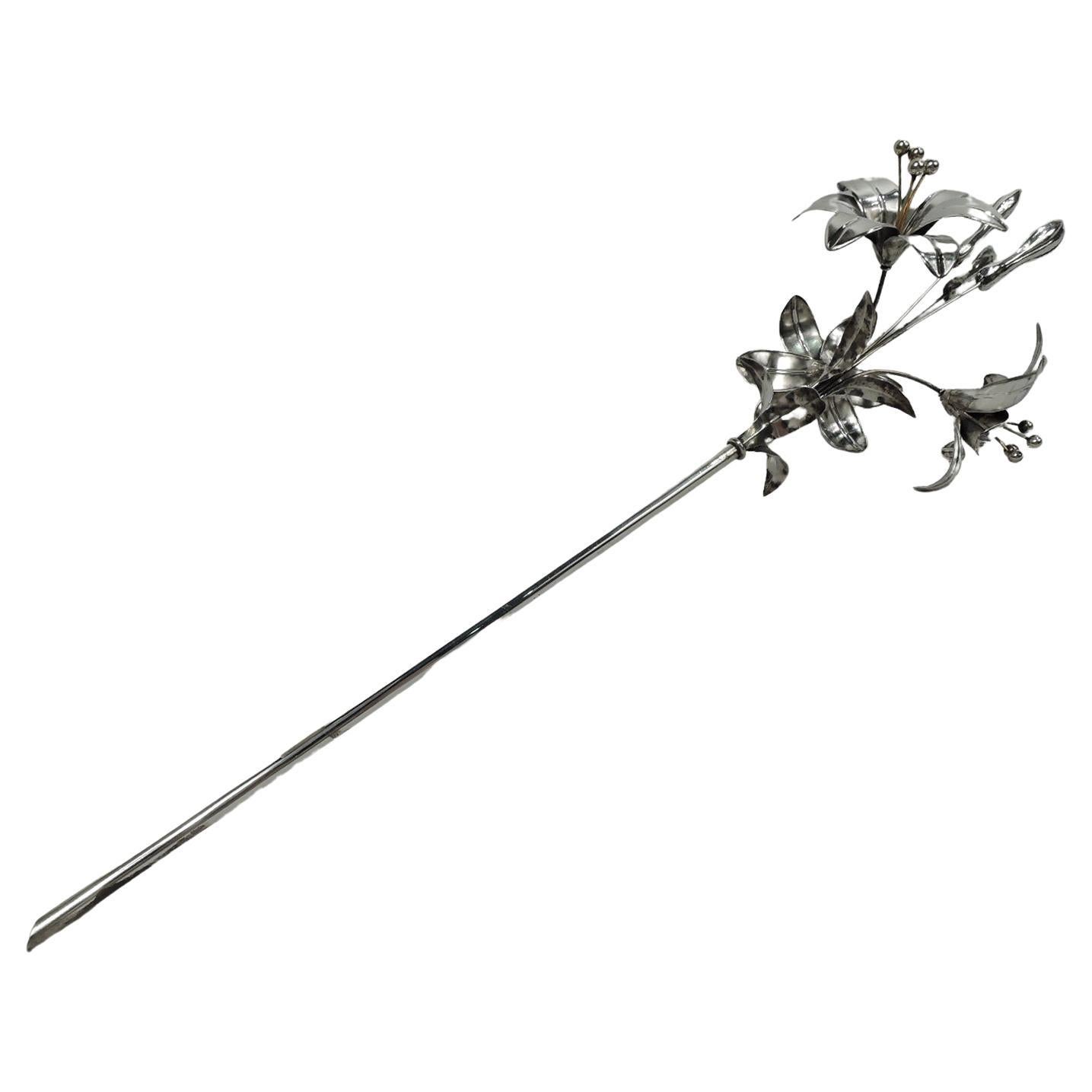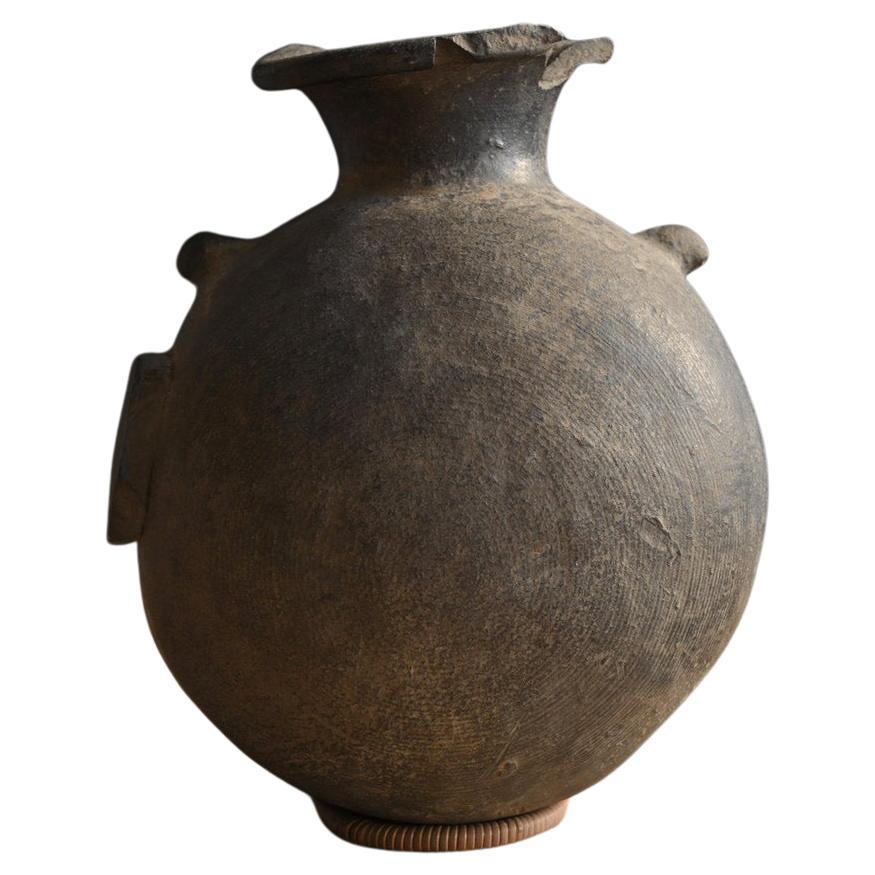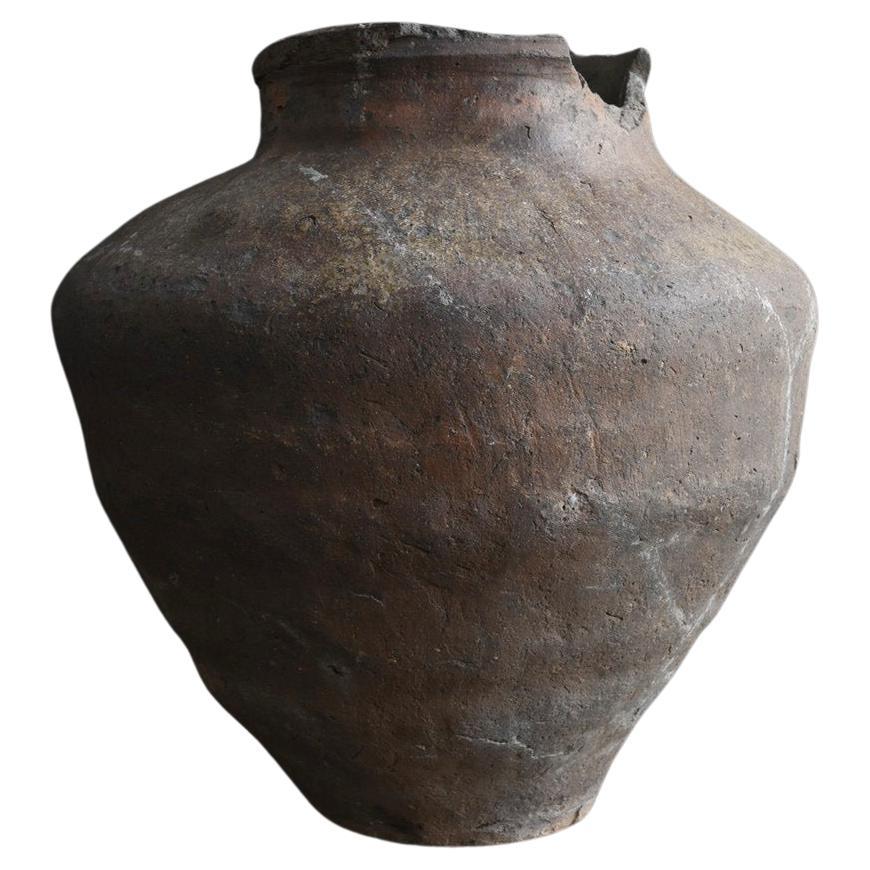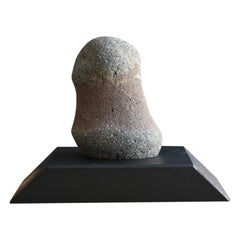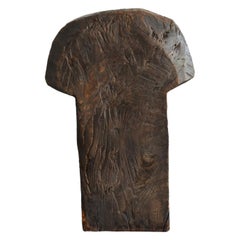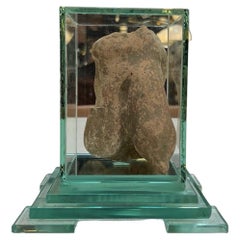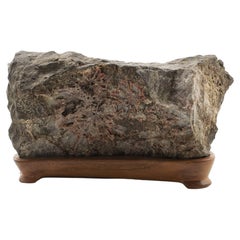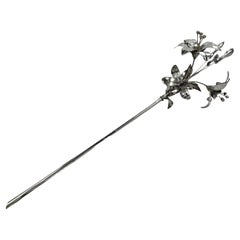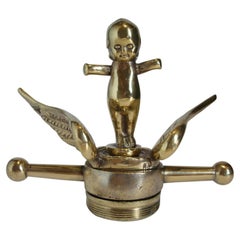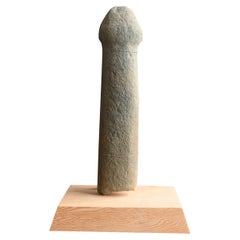
Japanese antique penis-shaped stone ornament/very old excavated item
View Similar Items
Want more images or videos?
Request additional images or videos from the seller
1 of 16
Japanese antique penis-shaped stone ornament/very old excavated item
Price:$649.92
$900List Price
About the Item
- Dimensions:Height: 15.36 in (39 cm)Width: 9.26 in (23.5 cm)Depth: 5.99 in (15.2 cm)
- Style:Other (Of the Period)
- Materials and Techniques:
- Place of Origin:
- Period:
- Date of Manufacture:Before the 9th century
- Condition:
- Seller Location:Sammu-shi, JP
- Reference Number:1stDibs: LU5487239635402
About the Seller
5.0
Gold Seller
Premium sellers maintaining a 4.3+ rating and 24-hour response times
Established in 2015
1stDibs seller since 2020
1,602 sales on 1stDibs
Typical response time: 5 hours
Authenticity Guarantee
In the unlikely event there’s an issue with an item’s authenticity, contact us within 1 year for a full refund. DetailsMoney-Back Guarantee
If your item is not as described, is damaged in transit, or does not arrive, contact us within 7 days for a full refund. Details24-Hour Cancellation
You have a 24-hour grace period in which to reconsider your purchase, with no questions asked.Vetted Professional Sellers
Our world-class sellers must adhere to strict standards for service and quality, maintaining the integrity of our listings.Price-Match Guarantee
If you find that a seller listed the same item for a lower price elsewhere, we’ll match it.Trusted Global Delivery
Our best-in-class carrier network provides specialized shipping options worldwide, including custom delivery.More From This Seller
View AllJapanese antique appreciation stone/penis-shaped stone/strange stone
Located in Sammu-shi, Chiba
We have a unique Japanese aesthetic sense.
And only we can introduce unique items through our purchasing channels in Japan and the experience we have gained so far, in such a way that no one else can imitate.
This is a stone carved in the image of an old Japanese male genitalia.
There is a possibility that it was a natural stone that had been carved by the running water of a river for a long time, but it is more likely that it was carved artificially.
In Japan, objects in the shape of male and female genitalia have been made for a long time. The materials used are stone and wood.
In the case of stone, some are made from 3,000 yen to 4,000 years ago.
At that time, it was used in ceremonies to pray for the prosperity of descendants.
In the case of this stone, it was probably dedicated to shrines and village shrines in hopes of prosperity of descendants.
This stone is believed to be from before the Edo period.
Because two types of rocks are mixed, the color contrast is beautiful.
I prepared the pedestal.
Also, there are some shallow cracks, but there is no need to worry about breaking the stone.
Wooden penises...
Category
Antique Early 18th Century Japanese Other Scholar's Objects
Materials
Stone
Very old Japanese teapot-shaped pottery "Koseto" / 1200s / Excavated pottery
Located in Sammu-shi, Chiba
This is Seto ware.
Seto is a kiln with a long history located in Aichi Prefecture, Japan (Seto kilns are marked with red circles on the map). It is said to have originated around the 13th century.
In Japan, items from this period of Seto ware are referred to as "Ko-Seto." "Ko" means "old."
This particular item is Ko-Seto, which was fired around the 13th century.
One of the distinguishing features of Ko-Seto, as compared to other kilns, is the presence of glaze. While other kilns produced mostly unglazed pottery, Ko-Seto was covered with ash glaze, giving it a yellowish-green or pale emerald-green color.
In the early Kamakura period (13th century), when Ko-Seto production began, there was increased demand from temples in Kamakura (the capital city of the time, in present-day Kanagawa Prefecture) and the Tokai region for roof tiles, Buddhist ritual objects, and burial urns...
Category
Antique 15th Century and Earlier Japanese Other Antiquities
Materials
Pottery
Japanese Antique Wooden Object/Craftsman's Workbench/Penis-Shaped Figurine
Located in Sammu-shi, Chiba
Introduce interesting items.
This was once used as a workbench in Japan.
It's shaped like a penis, but one side of the tip has a mark that looks like it was hit and is slightly scr...
Category
Antique Late 19th Century Japanese Meiji Abstract Sculptures
Materials
Wood
Very old Japanese pottery Jar "Sueki"/beautiful natural glaze/Excavated item
Located in Sammu-shi, Chiba
Sue pottery is called "sueki" in Japanese.
Earthenware that was baked at low temperatures is now being baked at high temperatures due to the development of kiln technology.
It is a l...
Category
Antique 15th Century and Earlier Japanese Other Jars
Materials
Pottery
Very old Japanese excavated earthenware/Wabi Sabi vase
Located in Sammu-shi, Chiba
This is earthenware excavated in Japan.
It has a very beautiful shape and is well balanced.
The color of the pottery is light brown because it is fired at a low temperature.
Dependin...
Category
Antique 15th Century and Earlier Japanese Other Vases
Materials
Pottery
Japanese antique Kannon stone statue/Edo period/Buddhist ornament
Located in Sammu-shi, Chiba
This is a stone statue of Kannon Bosatsu (the Bodhisattva of Compassion), believed to have been made in Japan during the mid to late Edo period (late 18th century onward). The materi...
Category
Antique Early 19th Century Japanese Edo Figurative Sculptures
Materials
Stone
You May Also Like
Mid Century Roman Penis Sculpture 1940s
Located in Los Angeles, CA
Introducing a provocative mid-century Roman sculpture from the 1940s - a daring representation of a stone penis encased in a cube of protective glass. This intriguing artwork challen...
Category
Vintage 1940s Italian Mid-Century Modern Figurative Sculptures
Materials
Stone
Suiseki Rock-Stone on a Base of Wood, Japan
Located in Kastrup, DK
Suiseki rock-stone on a hardwood base.
The stone has an exciting expression of flowers.
Suiseki in Japanese, Scholer's Rock in Chinese and Suseok in Korean.
Asian Zen tradition ...
Category
Early 20th Century Japanese Other Natural Specimens
Materials
Stone
Pretty Antique European Silver Flower Ornament
Located in New York, NY
European silver ornament, ca 1920. Single plain hollow stem sprouting 3 flowers with ripe, splayed petals and prominent stamen surrounding 3 tight and tall buds. A pretty, hopeful or...
Category
Early 20th Century European Edwardian Sterling Silver
Materials
Silver
Old Bronze kewpie Doll Car Mascot / Hood Ornament, 1912-1925
By Rose O'Neill
Located in Buenos Aires, Olivos
Old bronze kewpie doll car Mascot / hood ornament. 1912-1920´s.
Mounted over a wings radiator cap. Perfect gift for any Car Fan / Automobilia. Can be used...
Category
Early 20th Century American Art Deco Figurative Sculptures
Materials
Bronze
Old Japanese Kutani Hotei Colorful Laughing Buddha Porcelain
Located in Chula Vista, CA
AMBIANIC presents
Old Japanese Kutani Moriage Hotei Porcelain Statue
Charming and Colorful Laughing Buddha figurine
Hand embellished
Stamped Japan
5.25 w x 6.75 h x 5 d
Preowned orig...
Category
Early 20th Century Japanese Chinese Export Figurative Sculptures
Materials
Porcelain
Pair of 19th century Japanese ceramic Shachikoko roof ornaments
Located in Debenham, Suffolk
Striking pair of 19th century shachikoko rood ornaments circa 1880.
These appear to be 'shachikoko' sea monsters still retaining their bold colours, showing the head of a dragon wit...
Category
Antique Late 19th Century Japanese Japonisme Animal Sculptures
Materials
Ceramic, Paint
Recently Viewed
View AllMore Ways To Browse
Penis Sculpture
Japanese Penis
Unknown Penis
Antique Penis
Jomon Period
Loggia Furniture
Polychrome Angel
Art Deco Bronze Lady
Car Mascot
Chinese Porcelain Figurines
Diana Huntress
Display Mannequin
Jupiter Sculpture
Marble Zeus
Sculpture Of Blacksmith
Small Marble Nude
Baroque Display Stand
Baroque Wood Furniture With Cherubs
